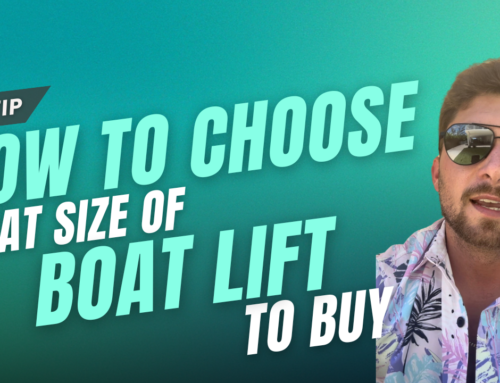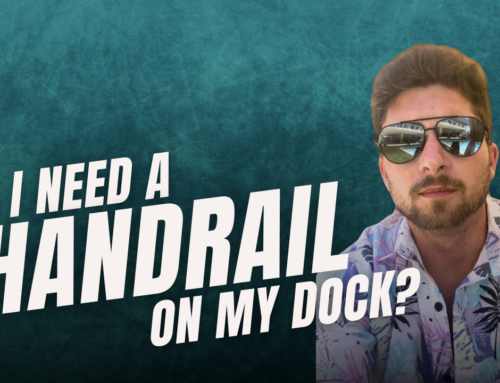Investing in a proper boat lift is one of the best ways to keep your boat protected when it is not in use. From offering secure storage to reducing the chances of damage, boat lifts are important in keeping your boat safe. There are numerous factors that go into the installation of a boat lift. If you are considering this option to keep your boat safe and protected, keep reading to learn 5 tips for a successful boat lift installation, from the design and permitting process to the installation itself.
1. Know the Exact Weight of Your Boat
While in the stages of designing and planning the upcoming installation of your boat lift, it is important to know not only how much your boat weighs but exactly how much it will weigh while on the water.
“Wet weight” is a term that refers to all of the factors that can contribute to a boat’s weight once it is on the water; including
- Fishing gear
- Anchors
- Coolers filled with ice, beer, food, water, etc.
- People
And more.
Knowing your boat’s wet weight is necessary in order to obtain proper permitting for your boat lift. At Rapid Permits and Engineering, we can help you determine your boat’s exact weight in order to make the process of obtaining permits and installing your lift as seamless as possible.
2. Think About Overhangs
Another important step in the planning and design process is considering your boat’s overhang. Different-sized boats will have different-sized overhangs, so it is important to speak with your designer to ensure that the location of your lift will work for the size of your boat without extending past your neighbor’s property line.
3. Determine the Type of Lift
The final step in the planning and designing process of a successful boat lift installation is to determine the right type of lift for your boat. Popular types of lifts include an elevator lift and a four-post lift; both models have pros and cons, depending on your specific boat.
4. Measure the Depth of Beams
When it’s finally time to begin the process of installing your boat lift, be sure that your contractor determines the depth of the area surrounding your lift in order to determine the right length of vertical beams. A standard-sized beam is 25 feet tall; testing for depth is important, as you will end up paying more money for the removal of a beam that ends up being the incorrect size once installed.
5. Find the Right Motor
Finally, it is important to consider your needs when it comes to using your lift, getting your boat in the water, and what type of motor might be right for you. Different manufacturers make different motors, and some might be better options for your lift than others. For example, if speed matters to you, you might invest a bit more money in your lift in order to upgrade to a faster motor.
When it comes to planning and securing necessary permits during the process of a boat installation, Rapid Permits and Engineering can help make the process seamless. Contact us today to book an appointment with our team of experts to learn more about our services, and how we can help you reclaim control of your project.





